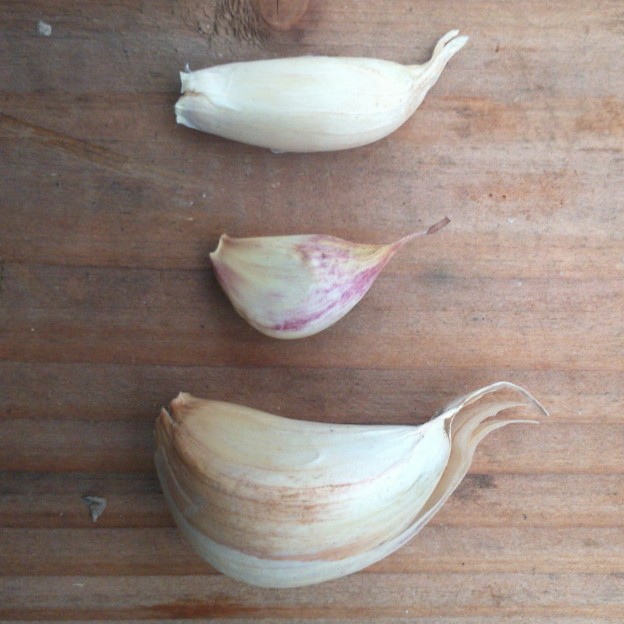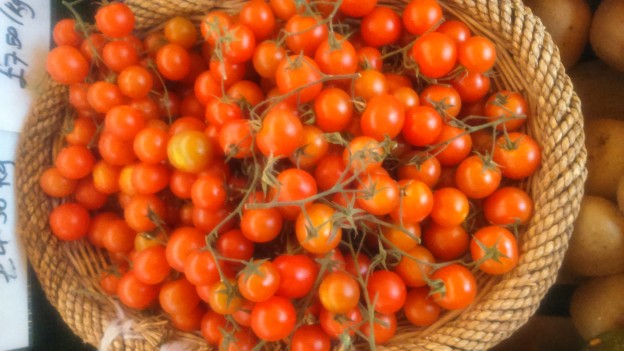In all my years I have only met one person who did not like garlic, and she would not even let it in her house, most of us use it in at least small quantities in our cooking. I really do believe that every garden, whether its potted, window or a grand allotment should grow at least some of it’s own. Garlic is easy to grow, tastes great and has a multitude of beneficial properties both for us and for our soil.
Modern scientific research has concluded that regular consumption of garlic has a lowering affect on the levels of LDL cholesterol, lowers blood pressure and even shortens the duration of colds or flu. Many organic farmers believe that adding the dried leaves of harvested garlic back into the compost further extends the antioxidant benefits to the soils. I don’t know that there is any research proving this, but since benefits aren’t exclusive to simply the bulb, it does make sense to me.
This year was my first commercial harvest of garlic. I was lucky enough to be involved in each step, harvest “seed stock” selection, drying, preparation for market sale, grading seed and planting for 2016. Garlic may be one of the easiest in this regard, but I still learned quite a lot.
Organic Lea’s garlic aim is to have a supply year round, which is possible first by grading the seed stock and then though successional plantings. The largest, blemish and disease free bulbs are first chosen at drying. Once they’ve air dried and the papery outers have formed grading begins.
Grading is the process of breaking the bulb into it’s separate cloves and ordering them by size. The biggest outer cloves (bottom of the photo) are planted out in November here, usually around the fifth of November and over winter in the ground. These will actually begin growing now owing to the moderate climate in the south east of England. These cloves will stay in the field growing the whole next season and be harvested as the dry garlic and seed stock for the following year. By choosing the biggest bulbs for this planting and doing this year on year you are effectively ensuring the best and strongest genes go forward, which over time will increase the overall size of your garlic bulb harvest.
The second category of grading is for the smaller cloves (middle of the photo) these bulbs are planted in spring and will be pulled early for the sale of “wet” garlic in the mid summer months.
Finally the slender inner cloves (top of the photo) are graded. These are sown in December however unlike the smaller bulbs these will be multi-sowen in the field, or under glass meaning each hole will receive more than one clove. We did this the first week of December in the glass house and planted four bulbs per hole. They’re buried at one clove depth. By sewing multiple cloves in this way we are planting to harvest the greens for fresh use as fresh herbs for salad and soups which will be harvested earliest of all, in the early summer.
By using each of the cloves and selecting them for what suits them best the farm (or your garden) can be producing garlic for year round use. Organic lea is lucky enough to have Thermidrome Garlic as it’s seed stock, originally from France it is a variety that does exceptionally well in heavy clay soils.

